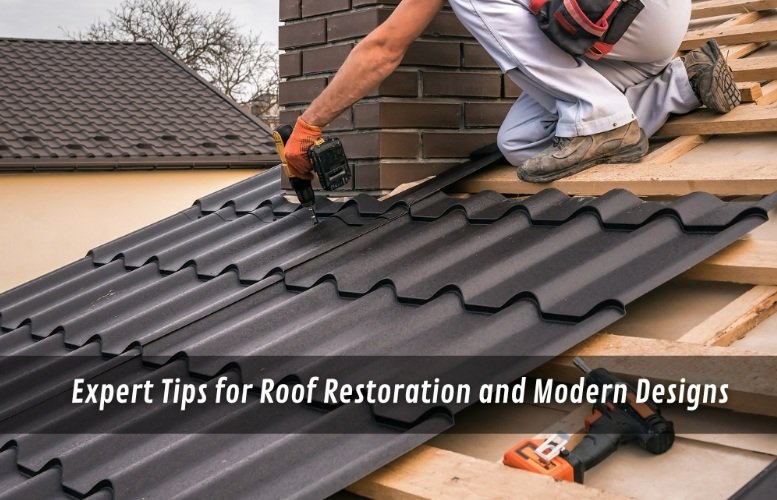
I’ve lost count of how many times I’ve heard people say, “The roof looks fine… for now,” only to regret it a few months later. Roofs are stubborn like that — they soldier on quietly, until one day they don’t. Years of wind, sun, and sideways rain eventually get the better of them. And when that day comes, getting the right roof restoration services can be the difference between a small, well-timed project and a complete replacement you never saw coming.
The good thing about a proper restoration? It’s not just a patch job. When it’s done with care, it can give a house a second wind — stronger, sharper, and more weather-ready. I’ve seen restorations where you couldn’t tell which parts were replaced and which had been there for decades. That’s the magic of getting it right. No fanfare, no obvious joins. Just a roof that feels like it belongs.
Anyone who’s worked on a roof for more than a day knows that roofing industry standards aren’t some abstract checklist. They’re what stop a good job from turning into a “why is it leaking again?” phone call a year later.
These standards guide everything from the nails and screws to the final topcoat:
It might sound overly technical, but honestly, they’re the difference between a roof you trust and one you keep side-eyeing every time it rains.
Talking about the cost of roof repairs is tricky. Not because people don’t want to know, but because it’s rarely about a single figure. It’s about the story your roof tells when someone climbs up there and takes a proper look.
The scope of the work depends on things like:
In my own place, I once thought a few cracked tiles would be a quick fix. Turned out the underlayment had been quietly giving way for years. I was glad I found out before the next storm rolled in.
A restoration doesn’t have to mean putting everything back exactly how it was. There’s room for roof design ideas that shift the look of a home without going over the top.
Lately, I’ve noticed more people leaning into:
It’s subtle work. Done right, the design changes look like they’ve always been part of the plan, not an afterthought.
Restoration day runs a lot smoother when the house is ready for it. That doesn’t mean turning the place upside down — just a few smart moves:
I’ve found that when crews can get straight into the work without dodging pot plants or moving BBQs, the job tends to finish cleaner and faster.
The skill of the crew matters a lot, but the materials you choose will decide how long your restored roof keeps performing. Different homes and climates call for different approaches:
Matching the right material to the right roof is like pairing the right tyres to a car — it affects everything, from performance to maintenance.
Just because a roof’s been restored doesn’t mean you can forget about it. A little attention every so often pays off:
I’ve seen roofs go an extra decade with nothing more than those small habits.
Not every roof has the same enemy. By the coast, salty air works away at metal faster than you’d think. In the inland heat, it’s more about UV damage and thermal expansion over long, dry seasons.
A restorer who knows the local conditions will pick coatings, fixings, and even colours that stand up better where you live. That bit of local know-how can add years to the life of a roof.
There’s no hard rule for when to restore, but the weather plays a big role. Dry, mild days are ideal because everything — from sealants to paint — cures properly without being rushed.
I’ve seen jobs where crews pushed through in the wrong conditions, only to have to redo sections later. Waiting for the right stretch of weather is worth it, even if it means holding off for a few weeks.
Even with the best intentions, people sometimes make choices that cost them later. A few to sidestep:
It’s usually the little overlooked things that shorten a roof’s life the most.
Roof restoration isn’t just a one-and-done task. It’s a way of setting your home up to handle whatever the seasons throw at it while keeping it looking sharp. When the craftsmanship is solid, the materials make sense for your climate, and the design fits the house, you end up with a roof that quietly does its job for years — no drama, no fuss.
Unlock a Brighter Future: Why Solar Power is a Smart Investment
September 29, 2025Unlocking the Best Real Estate Investment Opportunities
September 26, 20257 Aircon Cleaning Tips Every Homeowner Should Know
September 22, 2025Finding Reliable Tenants with Top Property Management in Brisbane
September 9, 2025The Importance of Regular Electrical Safety Inspections
September 9, 2025